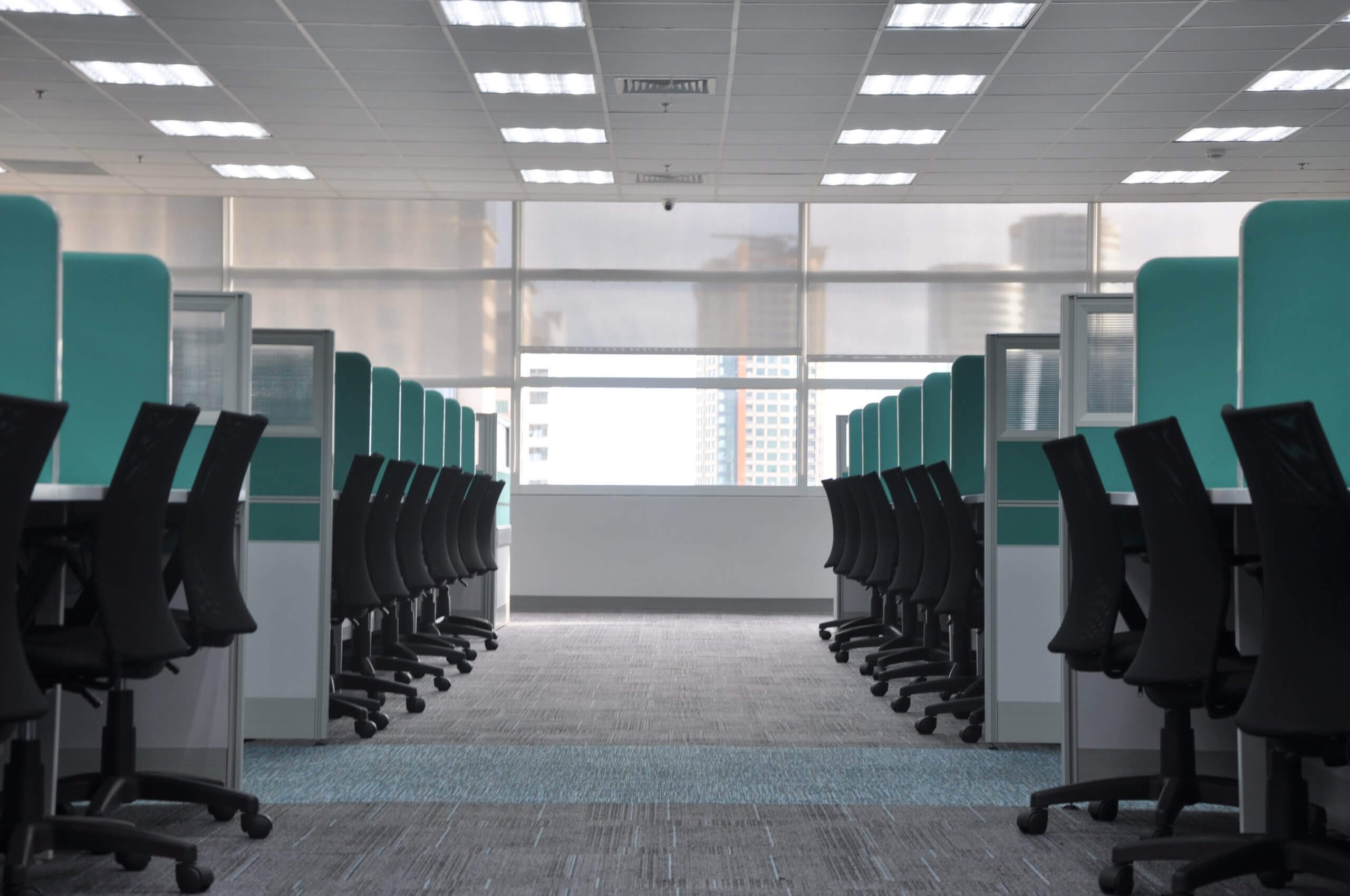
How COVID-19 is Changing What Offices Look Like
As countries around the globe are beginning to reopen and relax their COVID-19 lockdowns, so are business owners trying to understand the changes that need to change within offices and workspaces. Though a significant portion of non-front-line workers have been able to work from home vs. work from office in recent months, it’s time to think about bringing that work back to the office.
Working from the office presents itself with a host of benefits, including the ability to stick to a routine, a more precise delineation between home-life and work-life, and of course, valuable face time with colleagues and the leadership team. Office managers will need to think through how the new office environment will look.
Steps to protect office spaces from COVID-19 spread
According to the Centers for Disease Control and Protection (CDC), there are a handful of critical steps that business leaders and office managers can take to ready the office for the return of employees.
- Create a workplace health and safety plan and route it to all employees before returning to the office.
- Identify the spaces where employees are more likely to be exposed to the novel coronavirus.
- Put risk controls in place to reduce the transmission amongst workers.
- Modify the way employees conduct their work. Employees might need increased flexibility to work from home when feeling under the weather. Employees should also know the recommended steps to take if they are sick and might have contracted COVID-19. Staggering work hours and start and end times will help limit the number of employees in the office at any given time.
- Conduct ongoing education for employees and supervisors on how to protect themselves when in the office.
Protections for employees and the office space
Several short-term changes might be needed and limit the risk of the spread of germs and bacteria. Most of the below recommendations are explained on the CDC website page specific to employer information for office buildings.
- Modifications to seats, furniture, and workstations to allow for workers for proper separation.
- Provisions for hand sanitizing stations throughout the office.
- Placement of paper towels and waste bins at restroom exits so that employees can open doors with a towel and then properly dispose of the waste.
- Improved ventilation and airflow with more outside air permitted in.
Will companies say goodbye to open office floor plans?
Though open floor plans have provided serious benefits in past years through their ability to foster communication and partnership, more offices may revisit the approach. Thankfully, this doesn’t mean that employees will need to work in closed-off areas without seeing one another.
Individual office floor plans or closed-plan offices are becoming an office norm as quickly as they went out. Individual offices make it more difficult to transmit bacteria as doors can be closed to lessen air circulation through the entire office space.
If a closed plan office may not be realistic for your space, consider cubicles with walls. Cubicles with walls allow for open area office spaces to still be utilized but in a socially distant way. The walls will act as barriers, otherwise known as sneeze-guards, and will help to keep the flow of air minimal between employees.
Shared office desks may become a thing of the past, at least for the foreseeable future.
Leveraging needlepoint bi-polar ionization to mitigate the spread of COVID-19
As conversations are underway in offices across America to ensure offices are taking proper precautions to stay safe from COVID-19, the concept of needlepoint bi-polar ionization is becoming front and center. With this approach, indoor air is cleaned, leveraging an electronic charge to create a high concentration of positive and negative ions. These ions then make their way through the air continuously as they seek out and attach themselves to particles.
This process results in a particle combination, which means more harmful particles are eliminated from the air faster. Thankfully, office managers shouldn’t fret if the concept of needlepoint bi-polar ionization seems too complicated to explore. A simple way to think about this is to consider those tiny particles that we see floating through the air on a day when the sunlight streams through the window in just the right way. Imagine those particles as minuscule particles that are harboring mold, bacteria, and viruses.
Those particles are far too small to address through vacuuming or mopping. They are far too small to be sucked up by the typical air filter in a commercial HVAC system. But when using a system that leverages needlepoint bi-polar ionization, those tiny particles attach to other particles, thus becoming larger clumps. These larger clumps are far easier to remove from the space.
Not only can applying this process help to remove harmful bacteria that may cause COVID-19, so too may users experience the removal of cigarette odor and other odors that have taken up residence within the office.
As we begin to navigate our new working conditions, going back into the office will require some changes to the typical office environment. Though, with the appropriate steps taken to protect employees, office managers and employees will enjoy a host of benefits from being back in the office.
